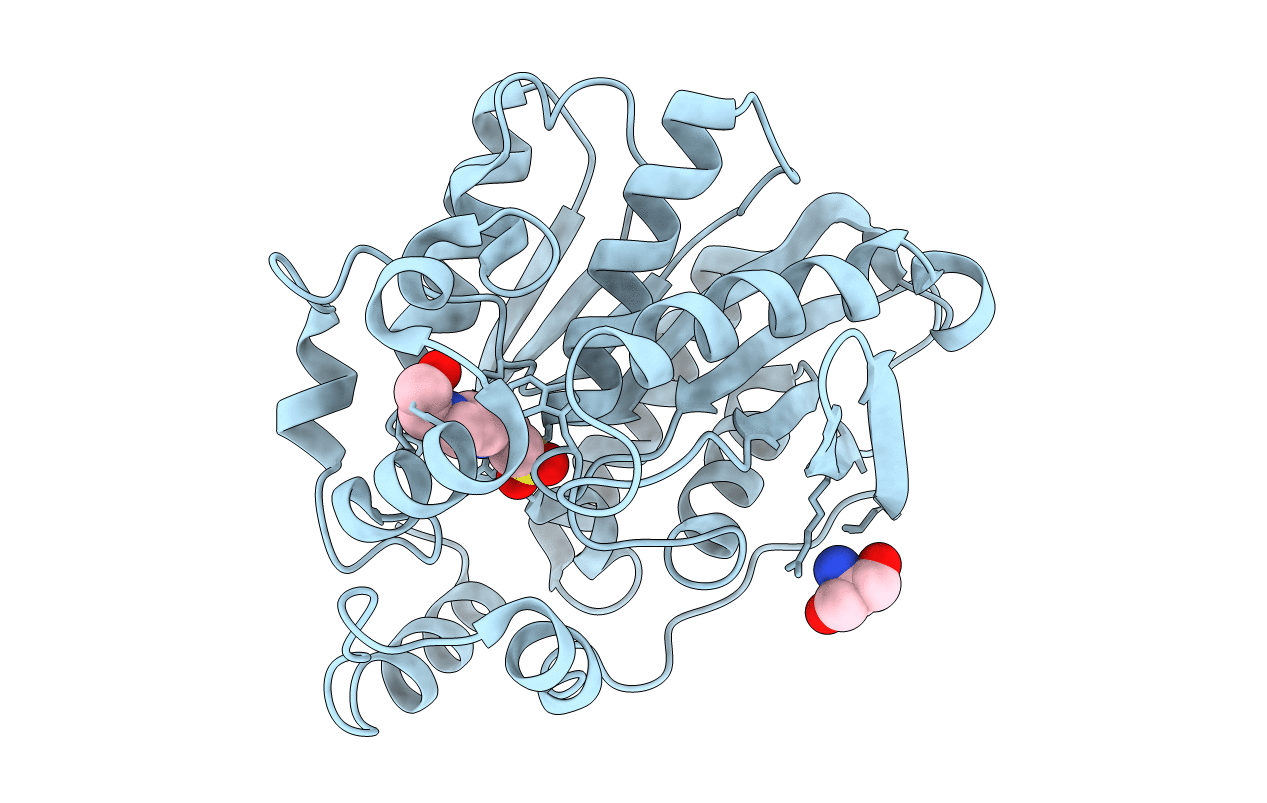
Deposition Date
2000-04-20
Release Date
2000-11-22
Last Version Date
2024-12-25
Entry Detail
PDB ID:
1EVQ
Keywords:
Title:
THE CRYSTAL STRUCTURE OF THE THERMOPHILIC CARBOXYLESTERASE EST2 FROM ALICYCLOBACILLUS ACIDOCALDARIUS
Biological Source:
Source Organism:
Alicyclobacillus acidocaldarius (Taxon ID: 405212)
Host Organism:
Method Details:
Experimental Method:
Resolution:
2.60 Å
R-Value Free:
0.26
R-Value Work:
0.21
Space Group:
P 41 21 2


